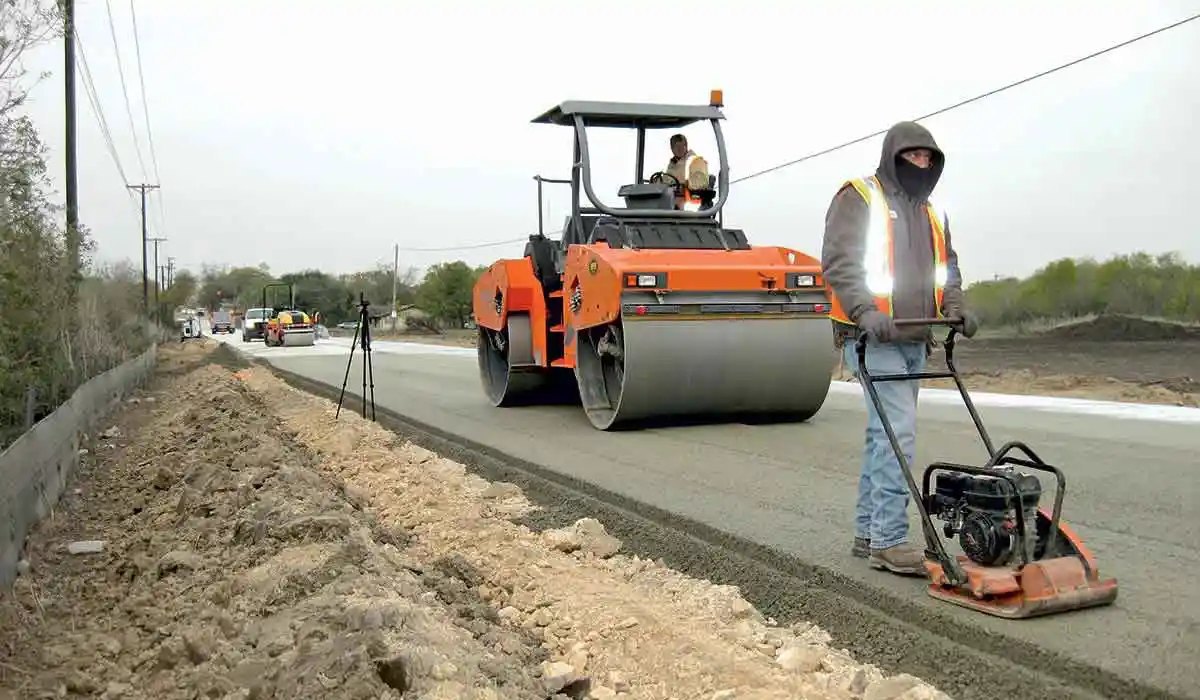
Roads carry 65% of freight and 90% of passenger traffic in India, making them the backbone of economic growth. Yet, the choice of materials and construction techniques has a direct impact on performance, maintenance, and sustainability. With Bharatmala Pariyojana targeting 35,000 km of highways, material demand and efficiency have become pressing issues.
The Scale of Demand
India consumes 450–500 million tonnes of aggregates annually for roads.
Cement demand for concrete roads alone is expected to grow by 8–10% CAGR till 2030.
Bitumen demand is projected at 7–8 million tonnes annually.
Performance Gaps
40% of rural roads require major repair within 5 years due to poor material quality.
Data shows average pavement life in India = 7–8 years, compared to 12–15 years in developed nations.
The Sustainability Gap
Cement and bitumen together account for ~12% of global construction emissions.
India’s green road initiatives (fly ash, plastic waste, warm mix) currently cover only 15–20% of projects. Scaling adoption could cut 20–30 million tonnes of CO? annually.
Global Best Practices
Japan uses 95% RAP in asphalt mixes.
The EU mandates 30% SCMs (supplementary cementitious materials) in road concrete.
India lags behind but has the opportunity to leapfrog by adopting these practices in new highway packages.